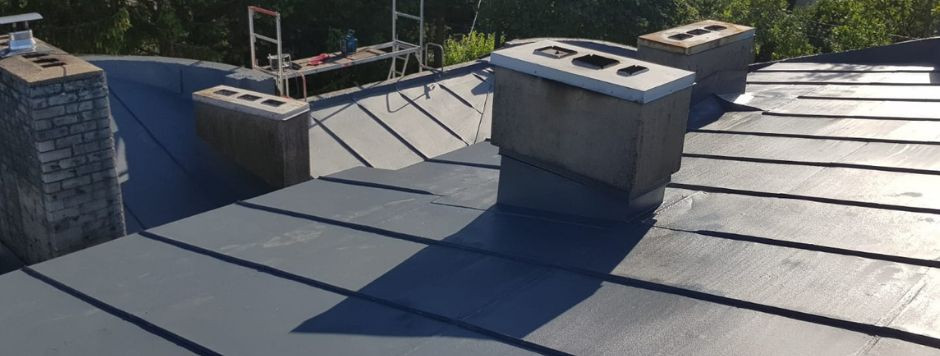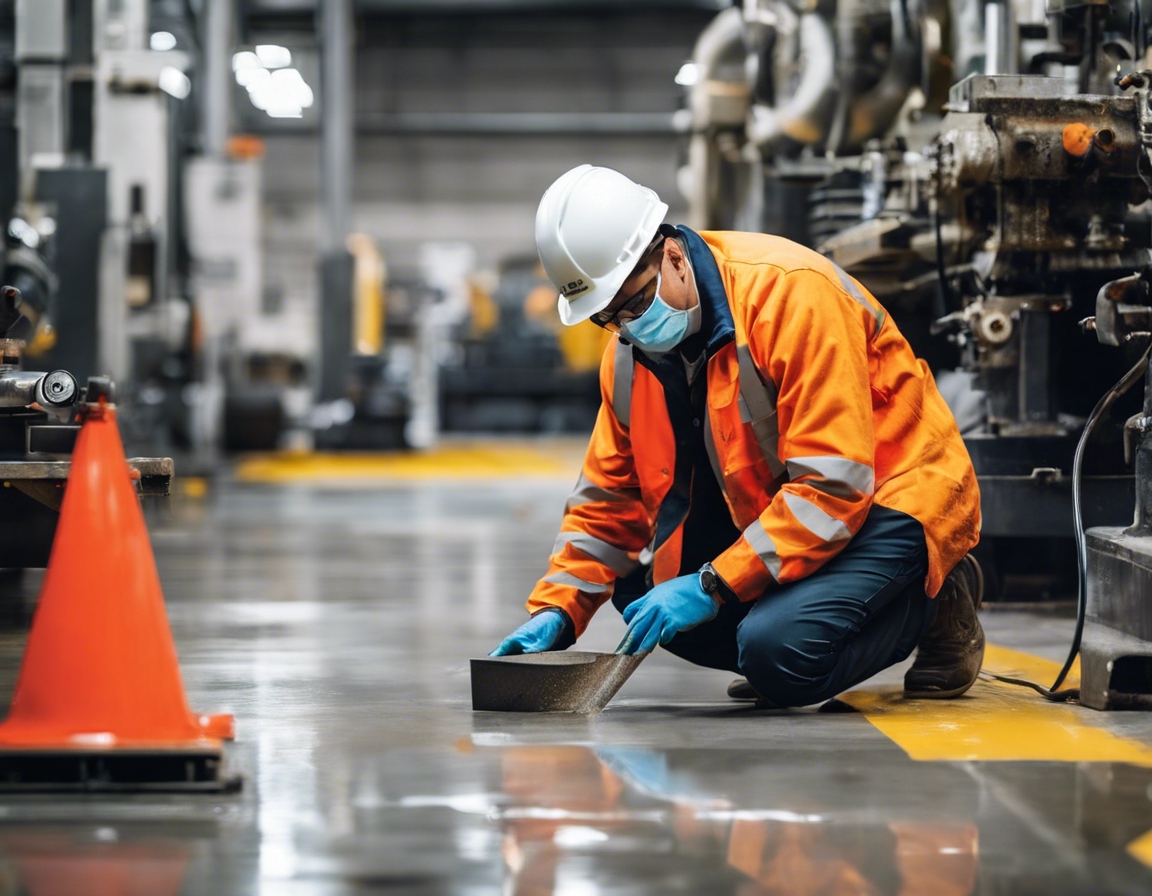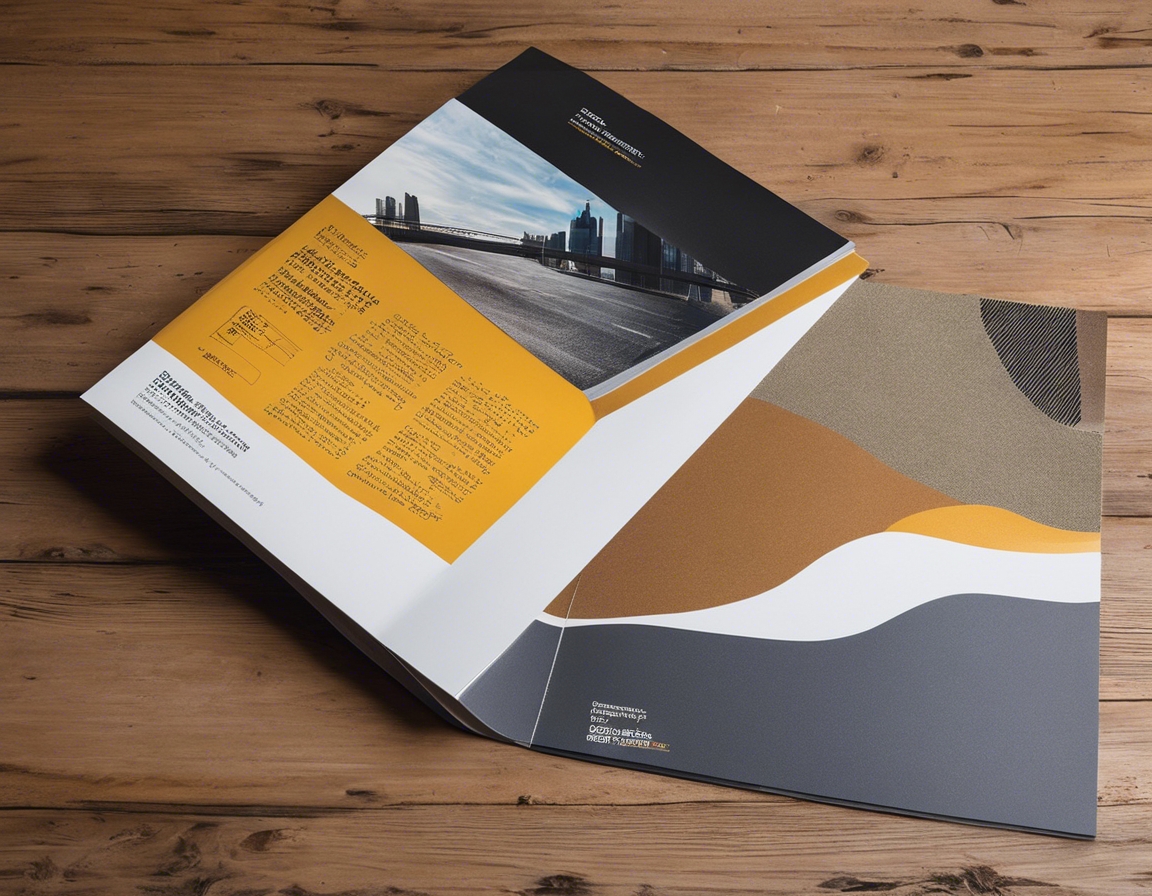Eco-friendly coatings: sustainable solutions for surfaces
Eco-friendly coatings are a new generation of surface treatments designed to offer protection while minimizing environmental impact. These coatings are formulated to reduce harmful emissions, conserve resources, and provide a safer alternative to traditional coatings.
Sustainability in surface treatments is no longer a trend but a necessity. As industries and consumers become more environmentally conscious, the demand for coatings that can deliver performance without compromising the planet's health has skyrocketed.
Types of Eco-Friendly Coatings
Water-based coatings are a popular eco-friendly option, as they emit lower levels of volatile organic compounds (VOCs) compared to solvent-based coatings. They are ideal for a variety of applications, including indoor environments where air quality is a concern.
High-solids coatings have a higher concentration of solids and lower solvent content, which means fewer emissions during application. They are known for their durability and resistance to harsh conditions.
Powder coatings are free of solvents and produce no VOCs during application. They provide a thick, uniform finish that is highly resistant to chipping, scratching, and corrosion.
Bio-based coatings are derived from renewable resources, such as vegetable oils or starches. These coatings are not only sustainable but also help reduce dependence on fossil fuels.
Benefits of Eco-Friendly Coatings
Eco-friendly coatings contribute to a reduction in air and water pollution, lower the carbon footprint of construction and manufacturing processes, and promote the conservation of non-renewable resources.
By reducing the presence of harmful chemicals, eco-friendly coatings improve the safety of the workplace and the health of workers and end-users.
Despite their sustainable nature, eco-friendly coatings do not compromise on performance. They offer excellent adhesion, resistance to wear and tear, and long-term protection of surfaces.
Applications of Sustainable Coatings
Eco-friendly coatings are ideal for industrial settings where durability and resistance to chemicals are crucial. They help maintain clean air quality and protect equipment and structures from degradation.
For infrastructure projects, sustainable coatings ensure longevity and reduce maintenance costs. They are suitable for bridges, tunnels, water treatment plants, and other public structures.
In the transportation sector, eco-friendly coatings are used to protect vehicles and infrastructure from corrosion, weathering, and chemical exposure, while also contributing to the industry's sustainability goals.
Challenges and Considerations
While the benefits of eco-friendly coatings are clear, the cost and availability can be a challenge for some companies. However, as demand increases, production scales up, leading to more competitive pricing and widespread availability.
Adhering to environmental regulations is a priority for many businesses. Eco-friendly coatings not only help companies meet these standards but often exceed them, offering a competitive edge in the market.
The development of new eco-friendly coating technologies is ongoing. Investment in research is essential to improve the performance and range of sustainable coatings available to the industry.






Comments (0)